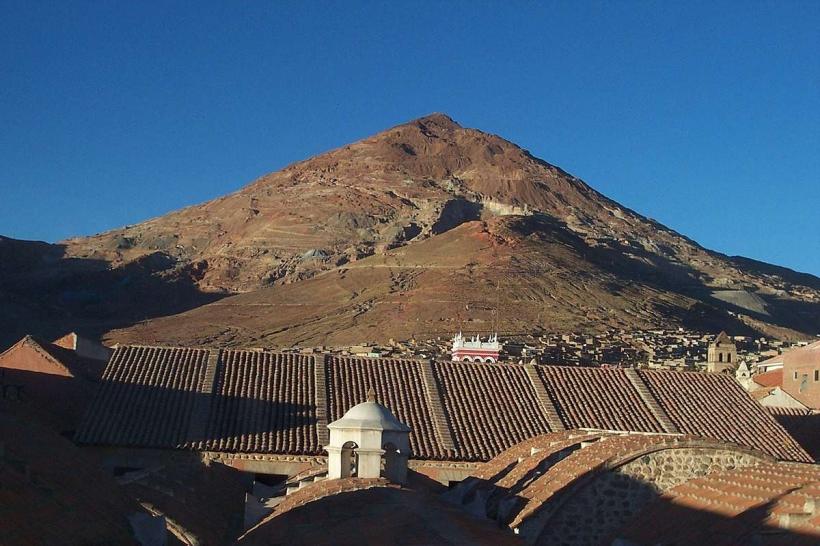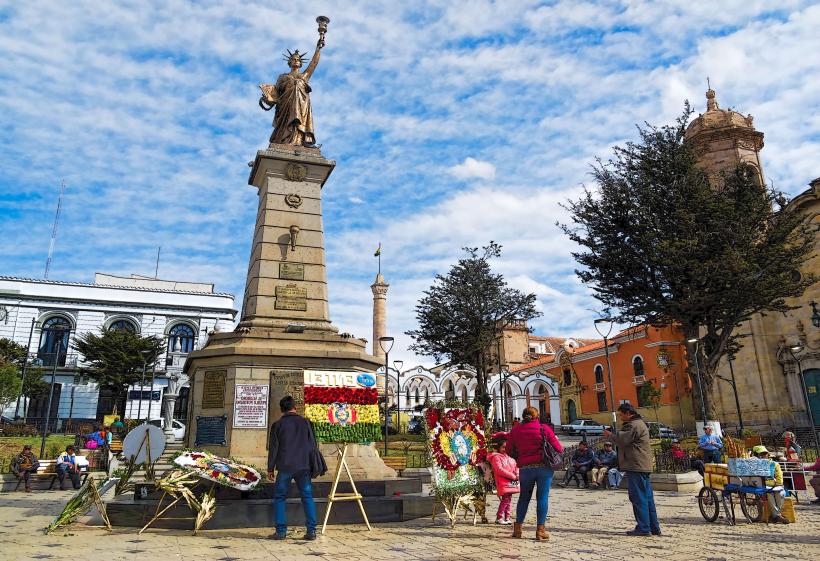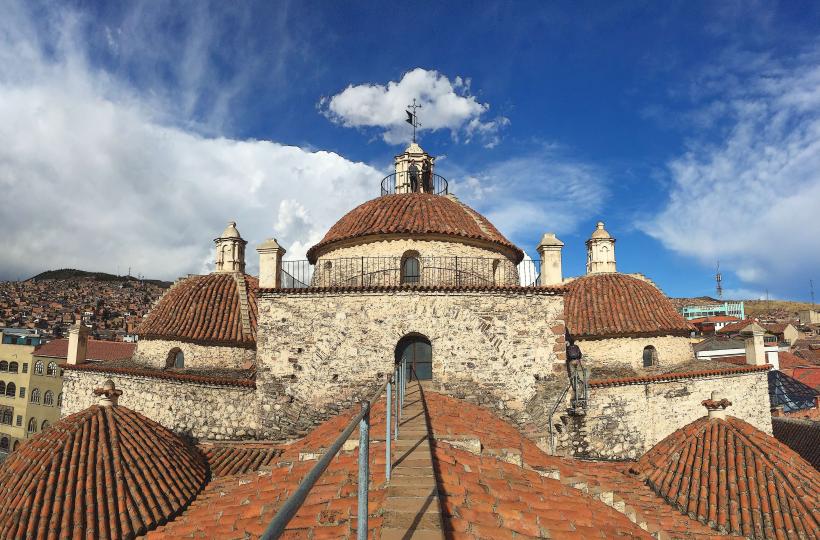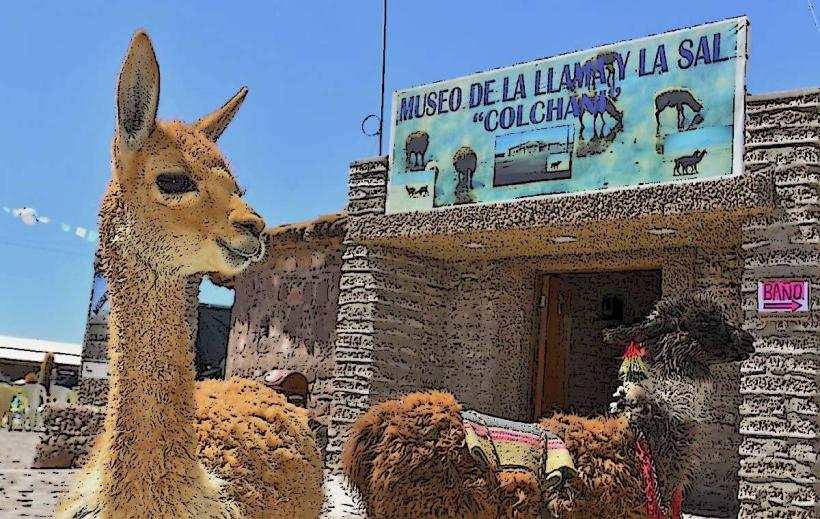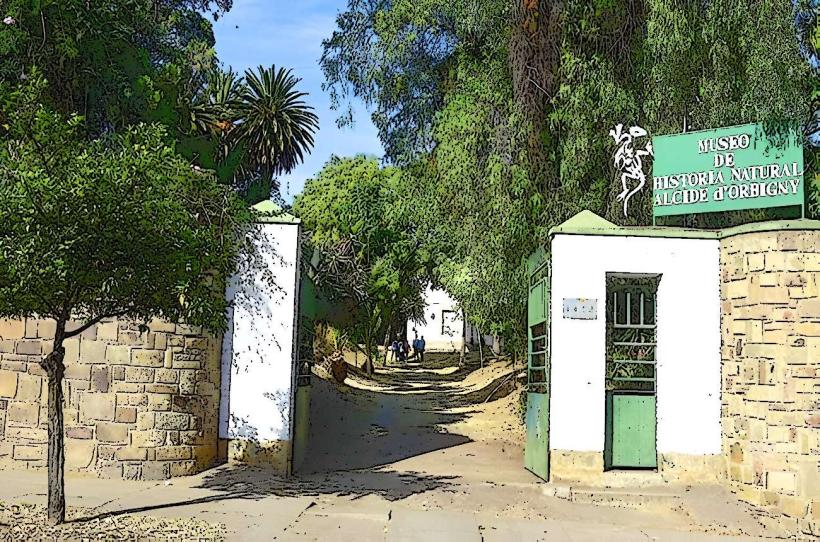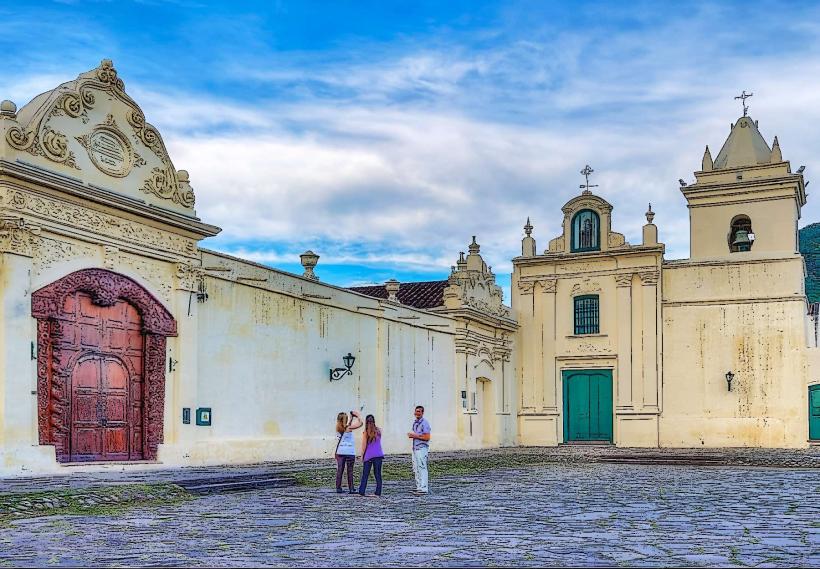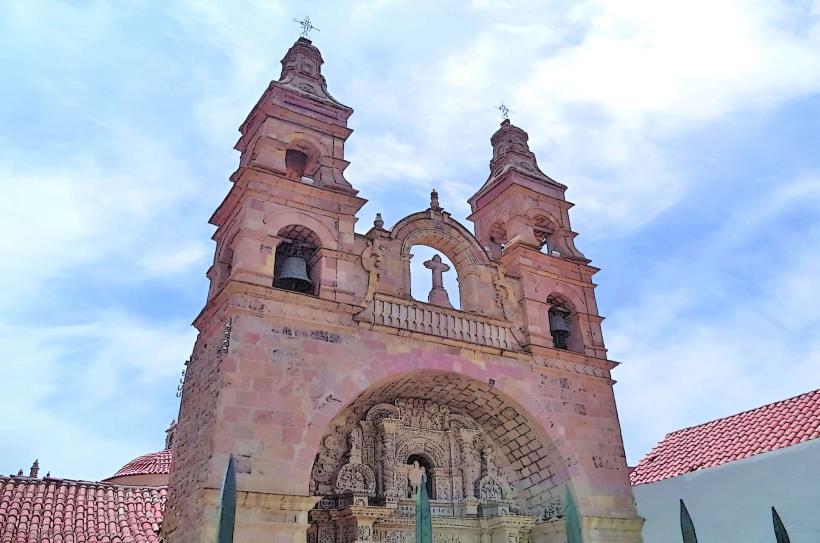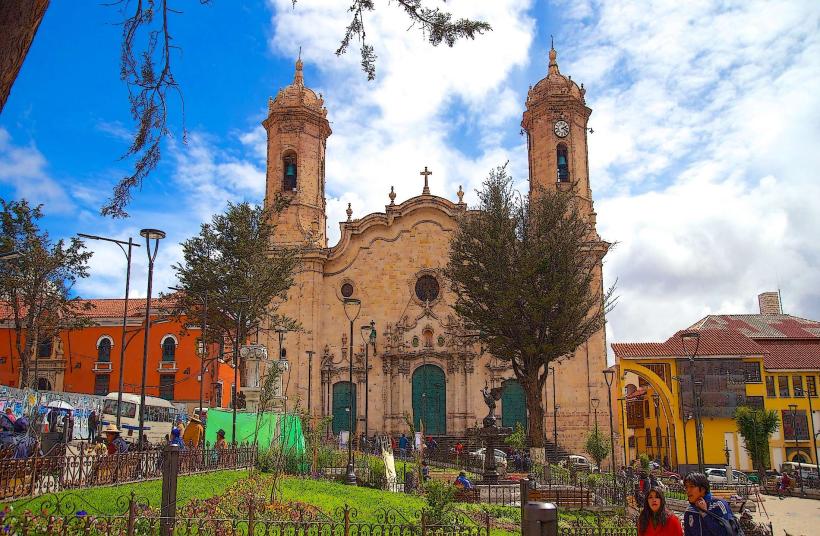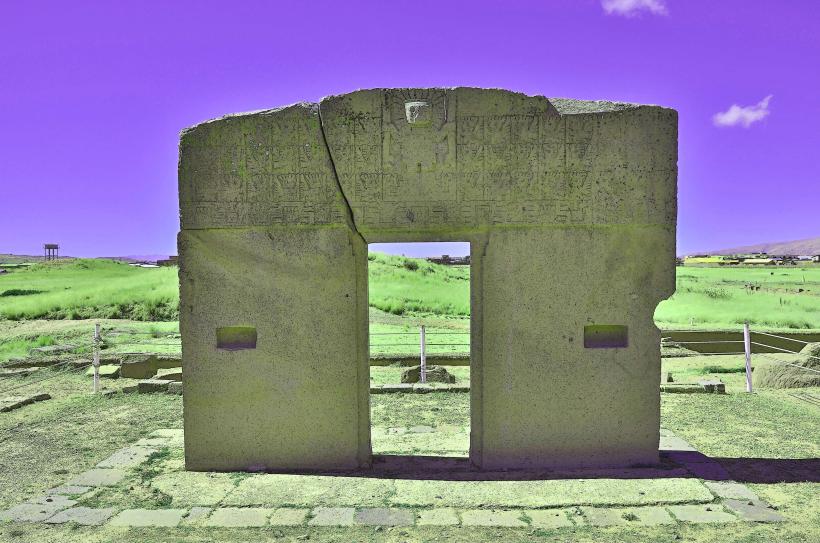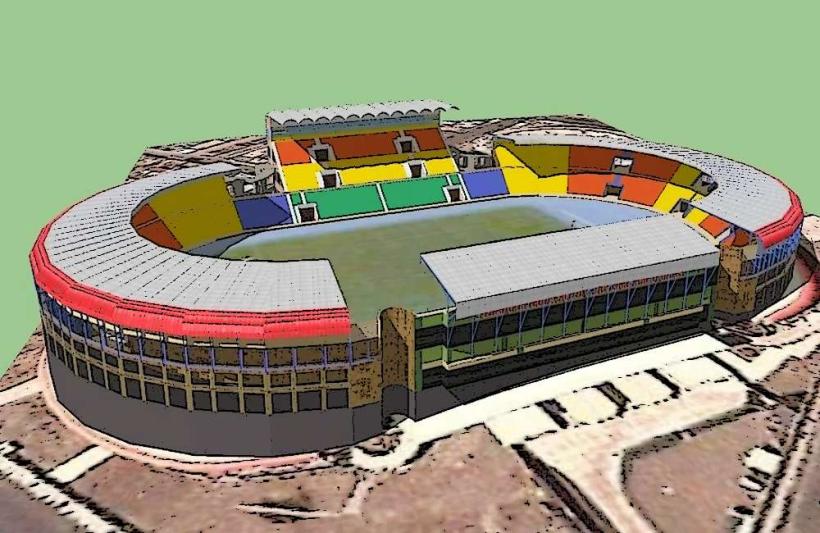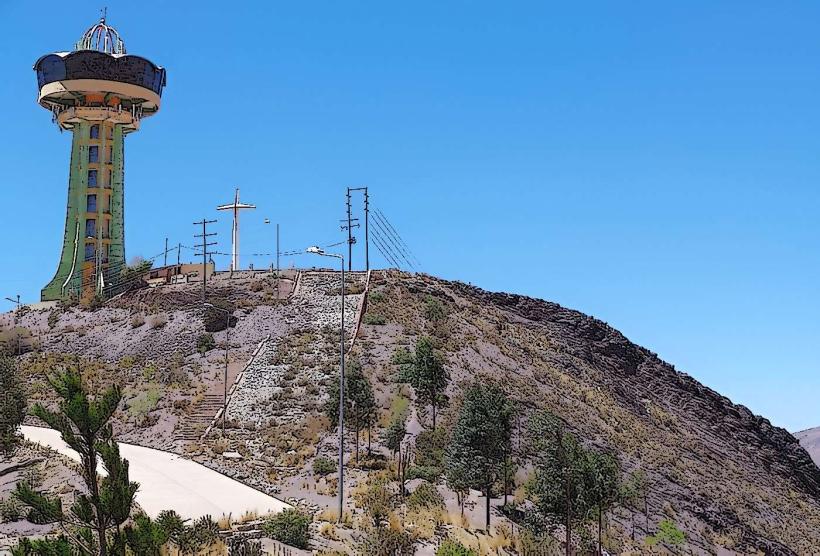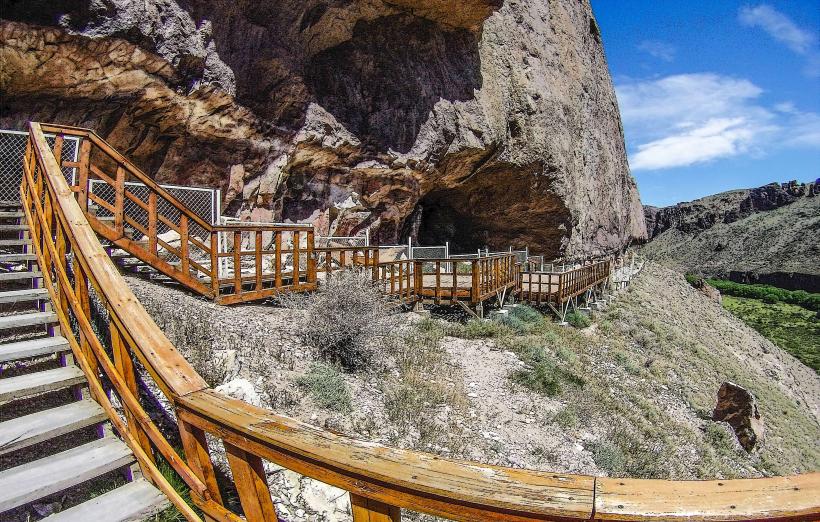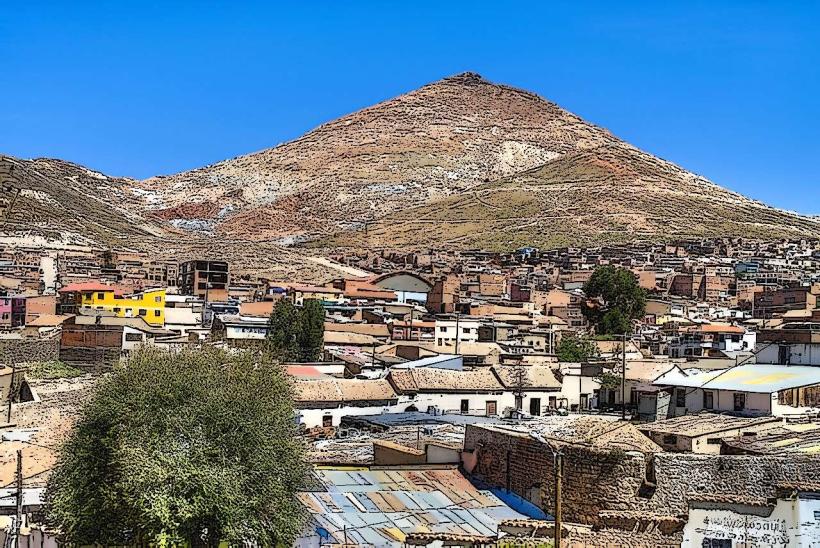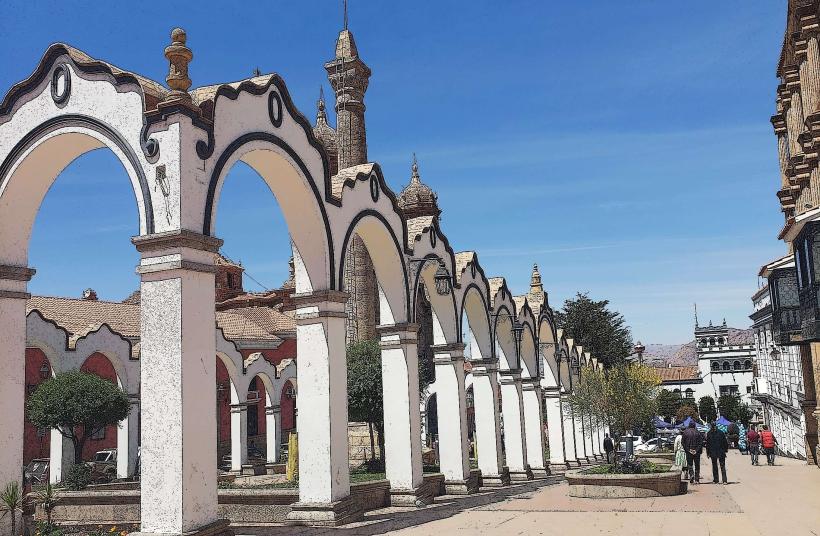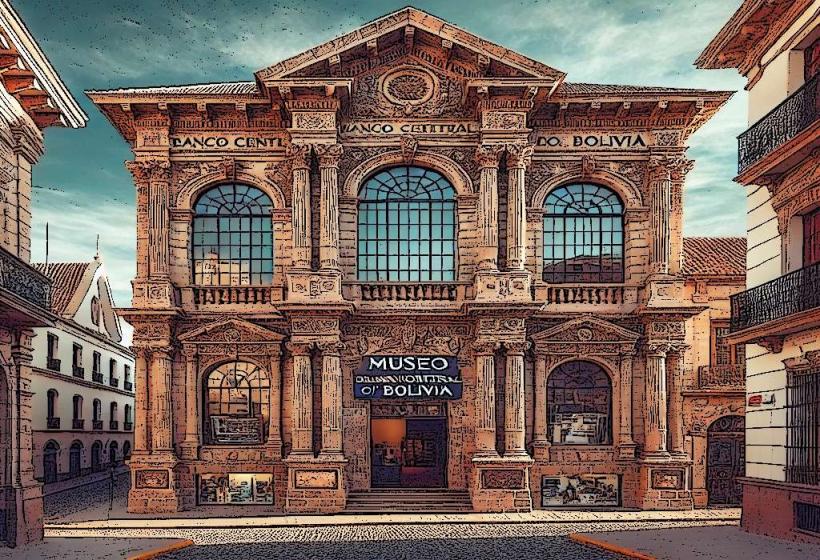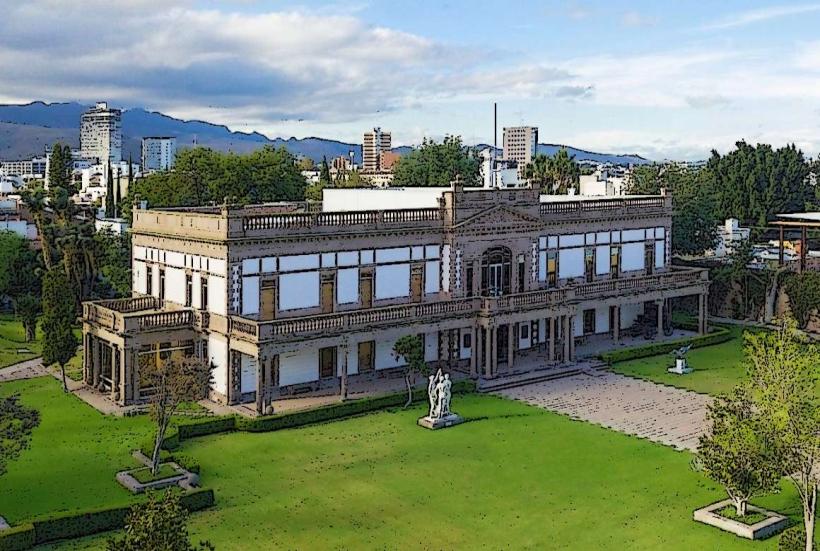Information
Landmark: Iglesia de la MercedCity: Potosi
Country: Bolivia
Continent: South America
Iglesia de la Merced, Potosi, Bolivia, South America
Overview
Iglesia de la Merced – Potosí, Bolivia
Rising above the narrow cobblestone streets, the Iglesia de la Merced (Church of Mercy) stands as one of Potosí’s most treasured and historic religious landmarks, along with this colonial-era church stands out for its striking architecture and its deep religious and cultural roots, from the carved wooden doors to the quiet echo beneath its high ceiling.The church rises from the heart of Potosí, a silent witness to its colonial past and the deep Catholic roots that still echo in the ring of its bells, and the Iglesia de la Merced was founded in the 17th century, its first stones laid around 1600 and the work finished over the next few decades.The Order of the Mercedarians-also known as the Order of Our Lady of Mercy-built it, devoting themselves to ransoming captives and aiding the oppressed, often meeting prisoners in dim, icy cells, equally important the church grew into a major religious hub in Potosí, a city that, in colonial times, ranked among the world’s richest and most powerful thanks to the immense silver drawn from its mines.For centuries, the church has stood at the heart of Potosí’s spiritual life, watching candlelit processions and historic moments unfold beneath its high stone arches, on top of that the Iglesia de la Merced stands as a striking example of colonial Baroque, its façade alive with curling stonework and intricate carvings that catch the light.The church’s facade bursts with detail, from delicate stone carvings to rich symbolic motifs, each one echoing the Catholic devotion of its era, subsequently the church’s tower soars above the city, its pale stone catching the sun, and you can spot it from nearly anywhere in Potosí.The bell tower heightens the church’s sense of grandeur, its tall silhouette cutting sharply into the sky, while inside, the church holds a richly decorated altar, where carved saints stand among paintings of biblical scenes glowing in soft candlelight.The altar honors Our Lady of Mercy, patroness of the Mercedarian Order, and draws worshippers to its flickering candles, also inside the church, wooden altarpieces and colonial-era religious art line the walls, their faded gold leaf giving visitors a vivid glimpse of the faith and artistry of that time.Curiously, For centuries, Iglesia de la Merced has stood at the heart of Potosí’s faith, its bells carrying over the narrow, sunlit streets, in addition the church’s devotion to Our Lady of Mercy mirrors the Mercedarian Order’s mission to aid the needy and offer mercy to the oppressed, much like a hand reaching into the shadows to lift someone into the light.For centuries, the church has hosted countless masses, lively festivals, and solemn ceremonies, the air often thick with incense and candlelight, as well as locals still flock there for Catholic worship, especially when Easter lilies scent the air or Christmas bells ring through the streets.The church also houses a quiet convent, where Mercedarian nuns once lived and worked, spending their days in prayer, offering charity, and helping the poor who knocked at their door, to boot at the Iglesia de la Merced, you can step into a living venue of worship-join a service, take part in a lively celebration, or just sit in the cool, echoing nave and let the quiet settle around you.The church offers a vivid glimpse into Potosí’s colonial past and its deep Catholic roots, from the worn stone steps to the echoes of centuries-vintage hymns, on top of that the church isn’t just a setting of worship-it’s a cultural and historical landmark, its weathered stone walls telling the story of the city’s vital role in the Spanish colonial era.Art and architecture come together here, with sweeping Baroque curves and vivid religious paintings making the church a must-glimpse for anyone drawn to art history or design, while so, why make the trip to Iglesia de la Merced, with its sunlit white towers rising above the plaza?Religious Heritage: The church stands as a key location for Catholic worship, its worn stone steps echoing centuries of Potosí’s faith and tradition, simultaneously colonial Architecture: With its ornate Baroque façade, tall bell tower, and richly detailed interior, it stands as a striking showcase of the colonial era, to some extent Art and Culture: Inside, the gilded altarpieces and solemn paintings echo Potosí’s artistic heritage and reveal the city’s spiritual life in colonial times, as well as peaceful Reflection: In the quiet hush of the church, where sunlight spills through stained-glass windows, visitors find a destination to pray, think, or simply rest in the heart of Potosí.In the end, the Iglesia de la Merced stands as one of Potosí’s most essential landmarks, its weathered stone walls holding centuries of faith and history, and with its sweeping Baroque arches, deep roots in Bolivia’s faith, and centuries of history, this landmark draws anyone eager to explore the nation’s spiritual and cultural heart.You might wander through the city’s colonial history, pause to admire a splash of color in a painted arch, or step inside seeking quiet reflection-whatever draws you in, the Iglesia de la Merced leaves you with a rich, lasting impression.
Author: Tourist Landmarks
Date: 2025-09-18

